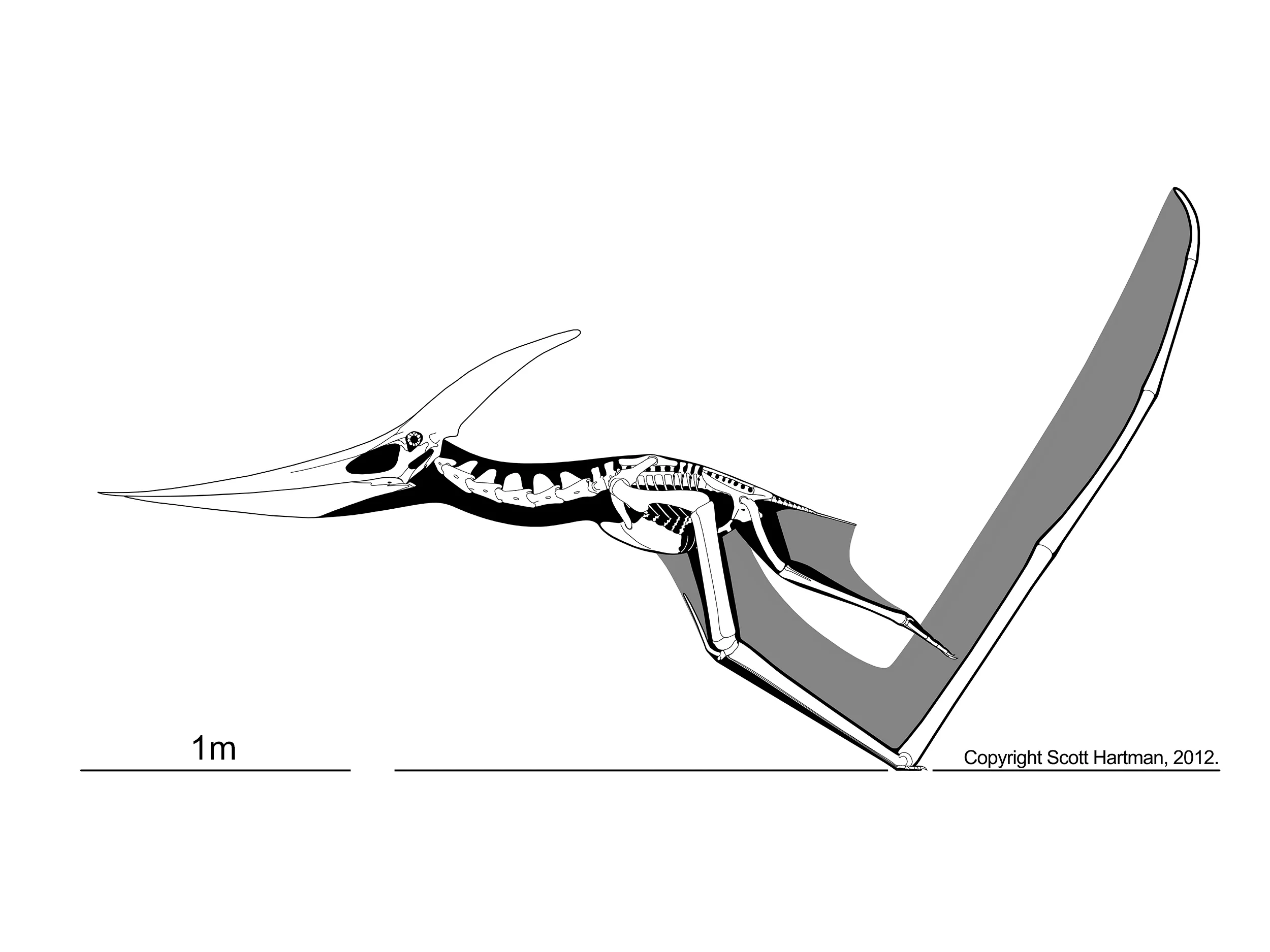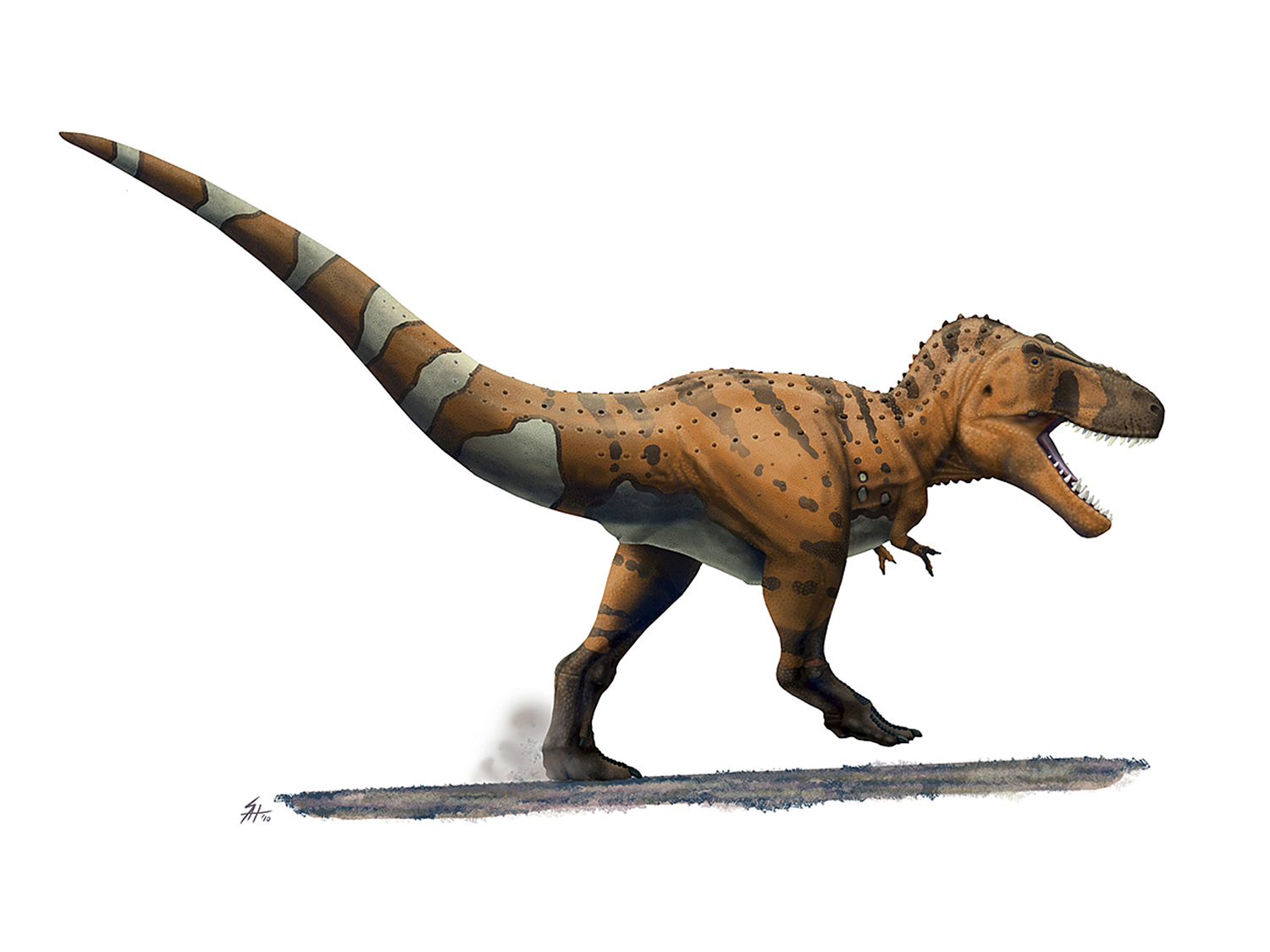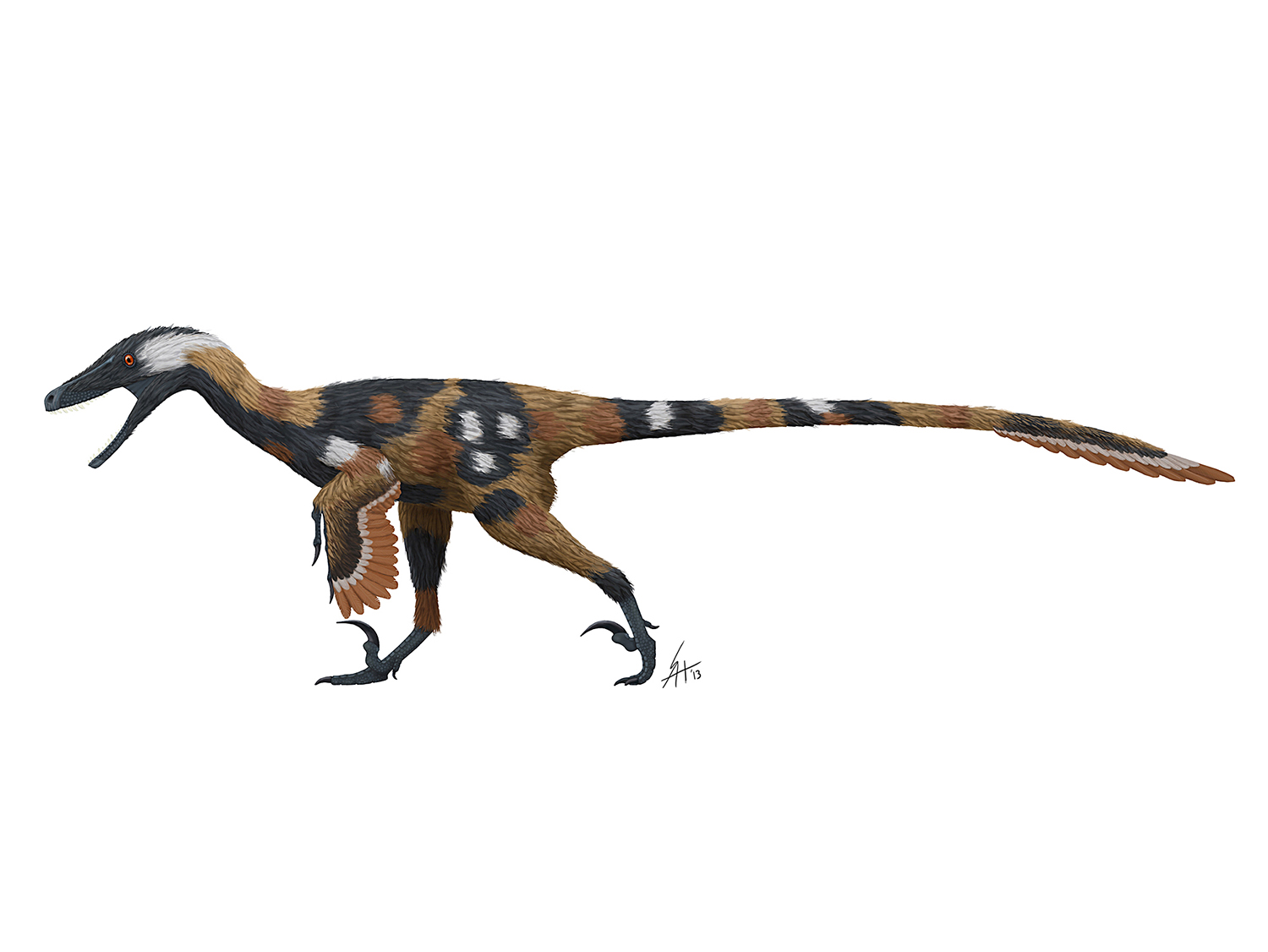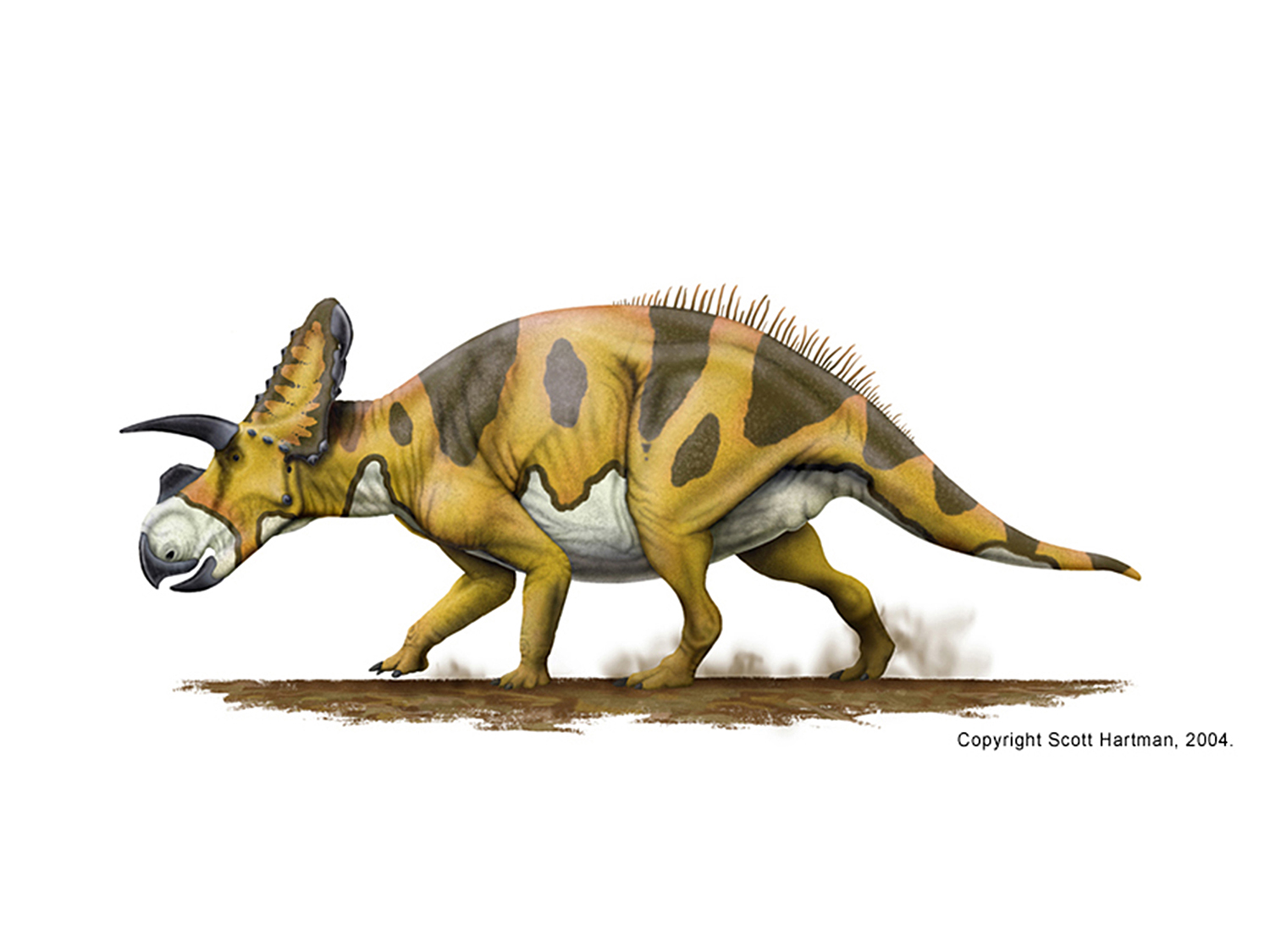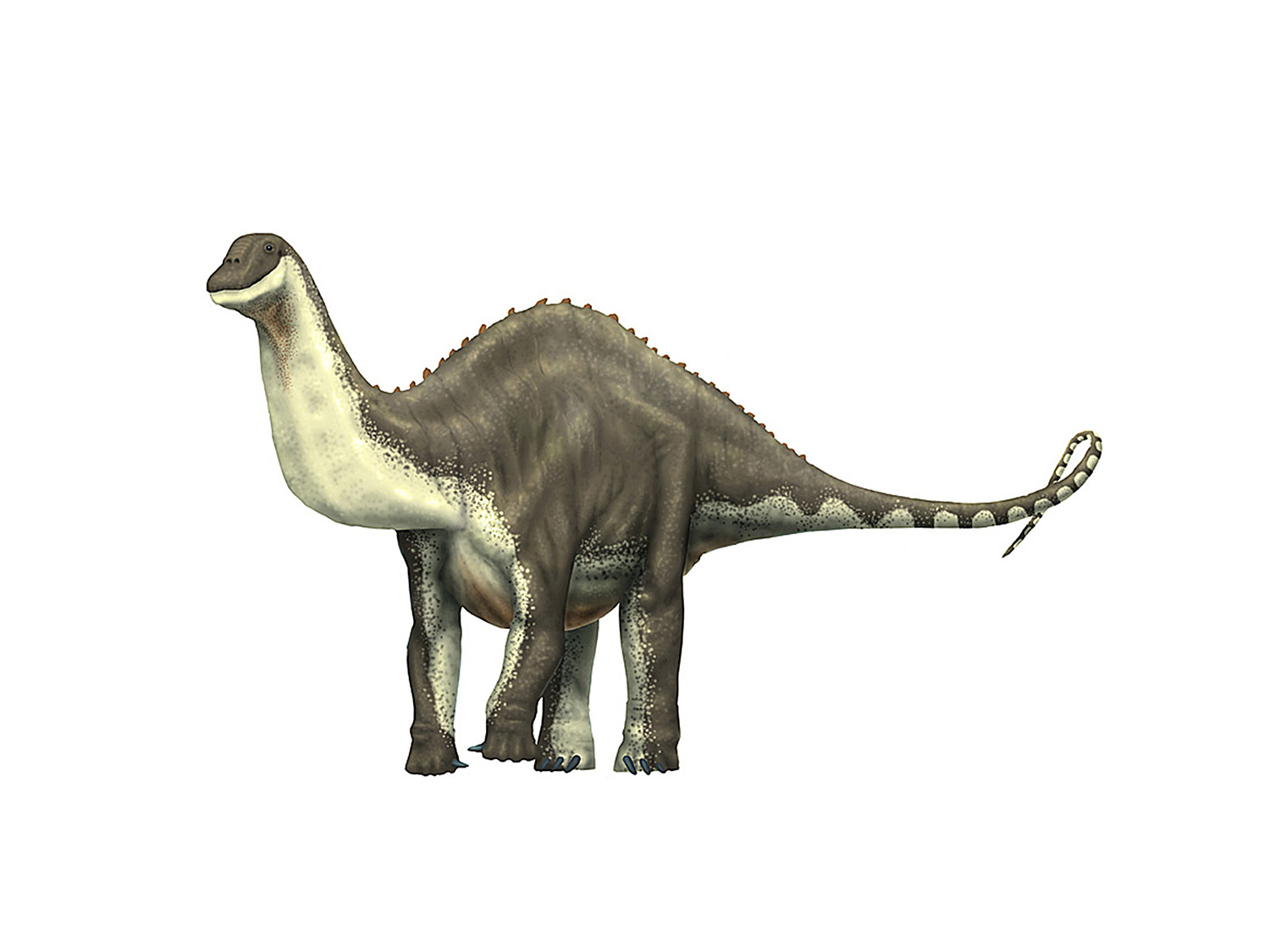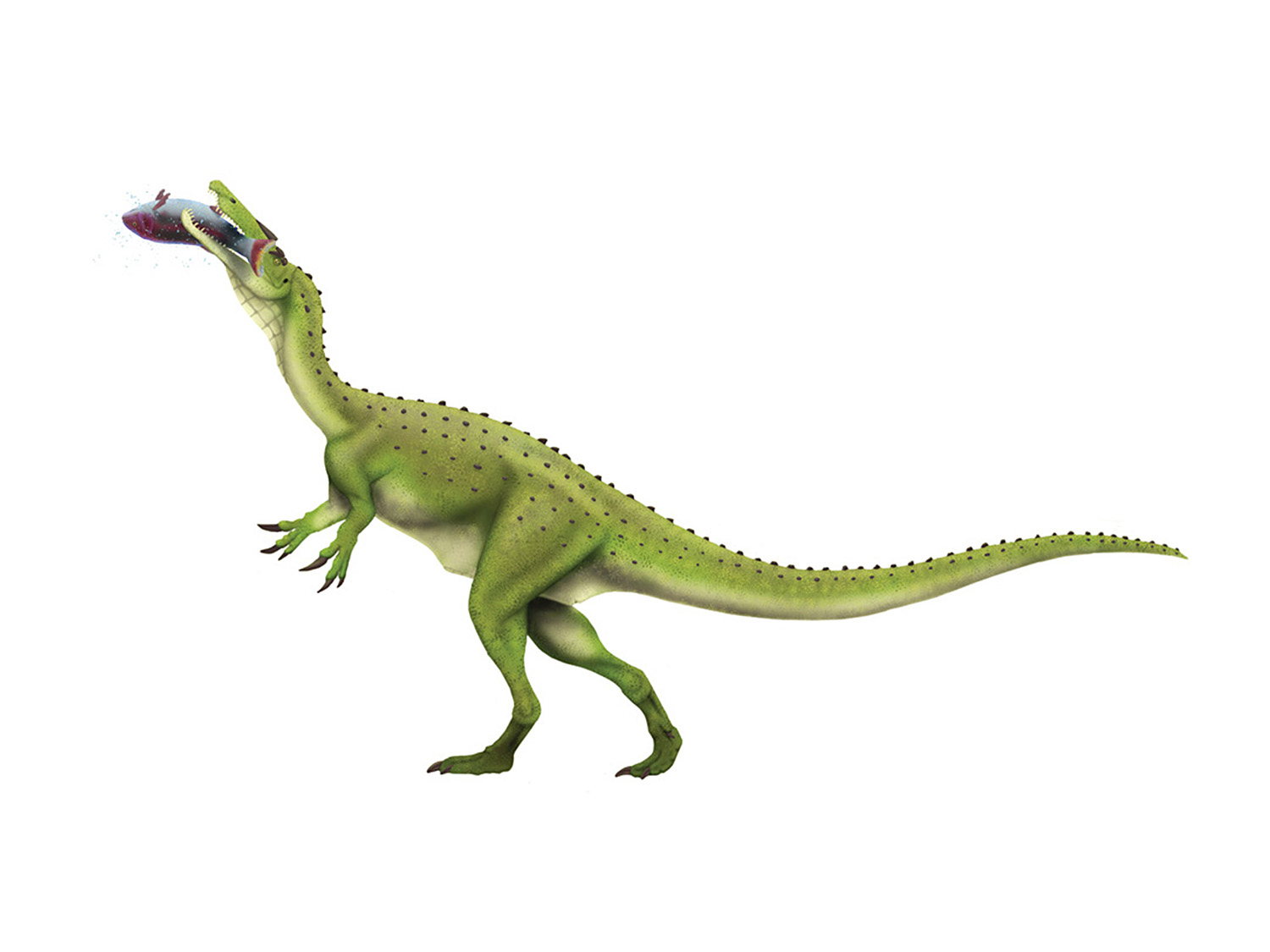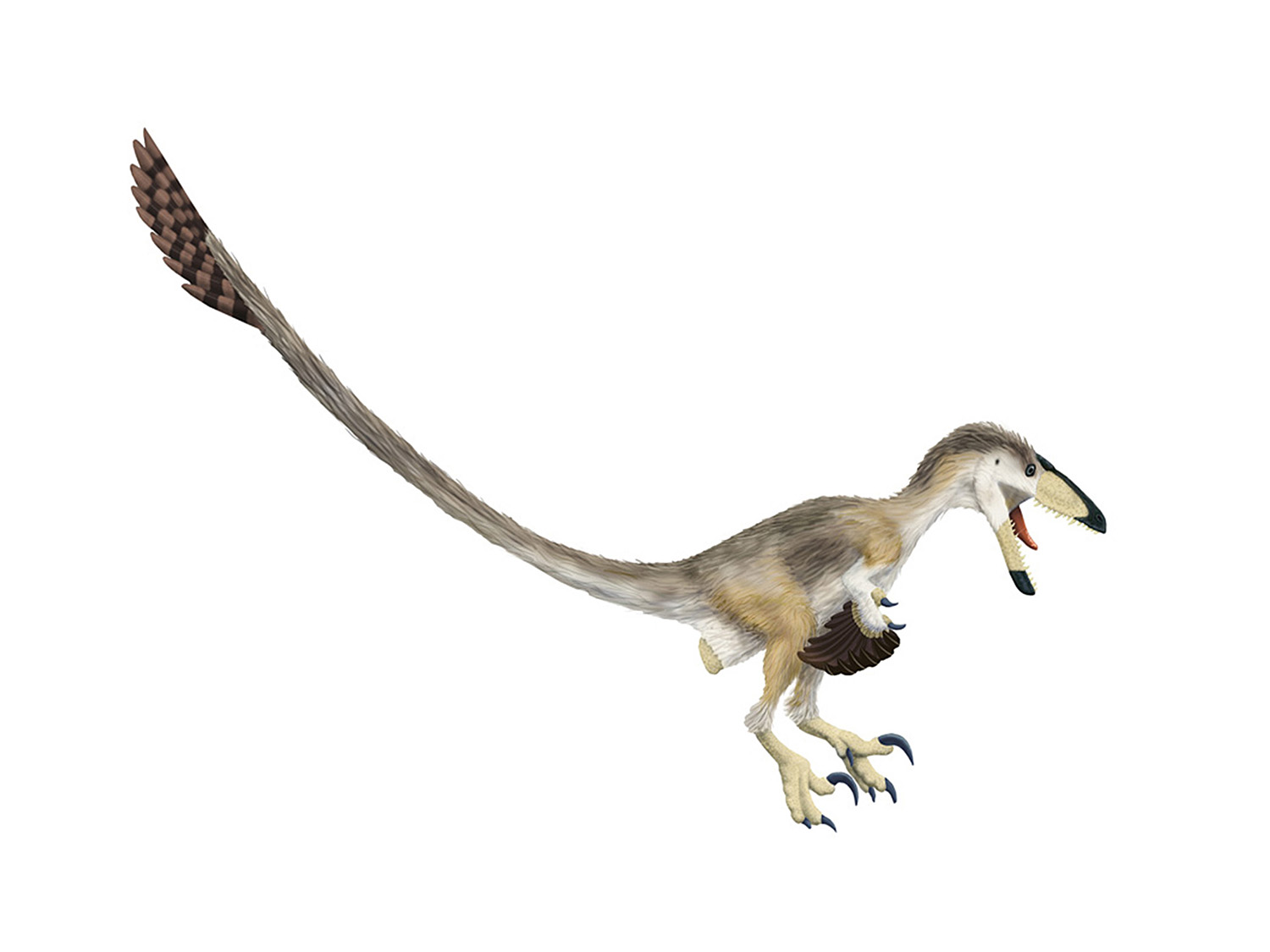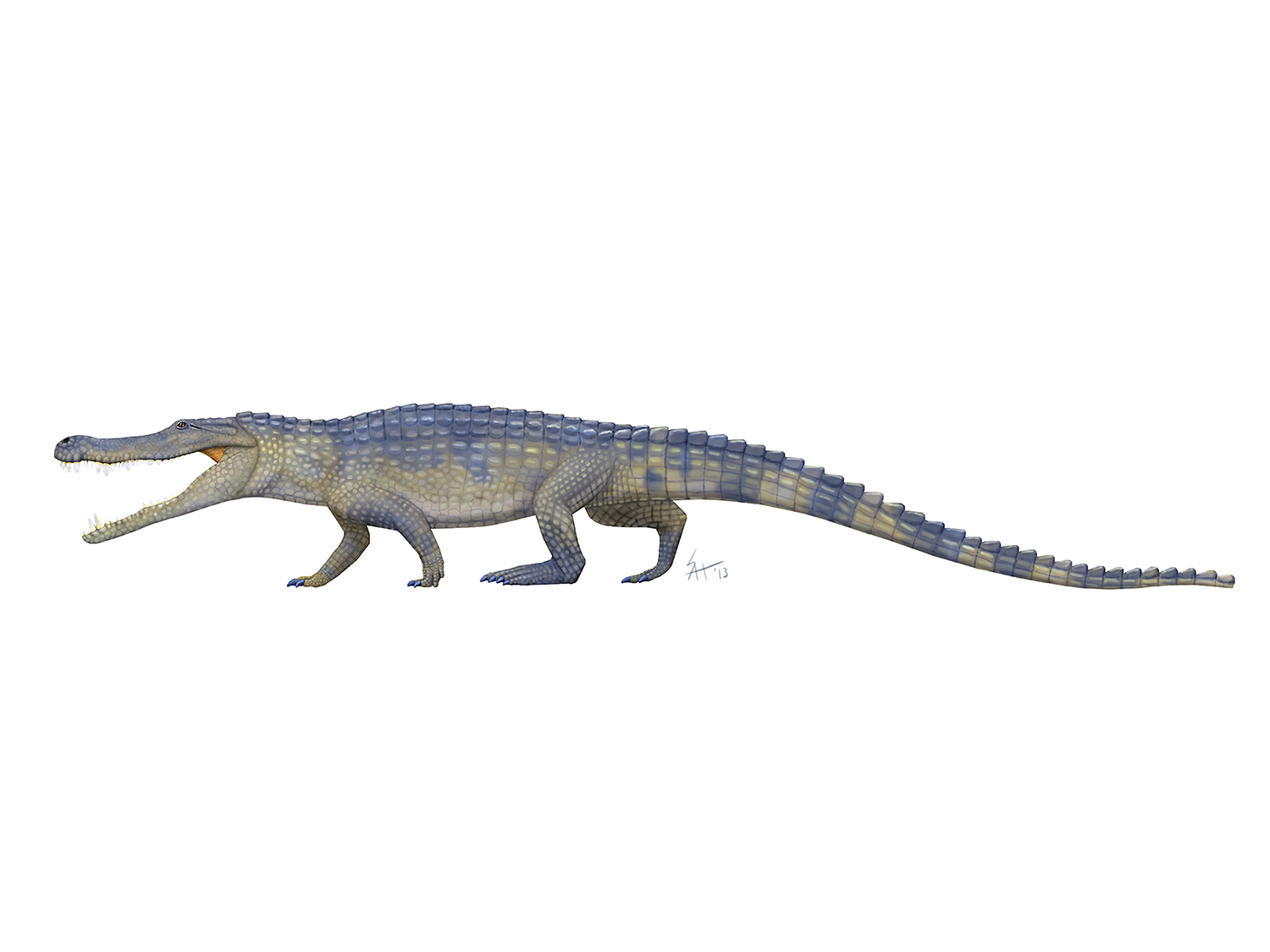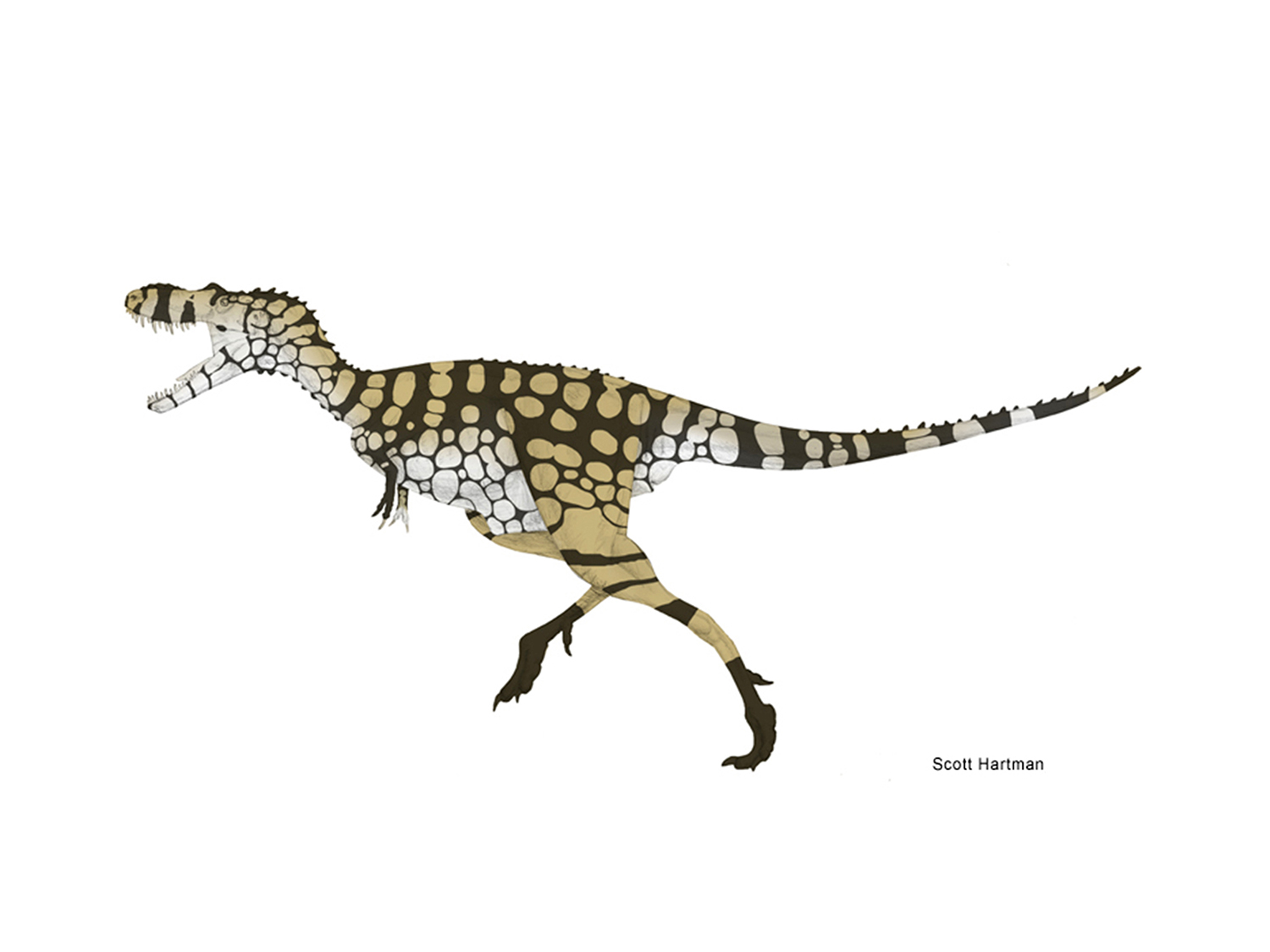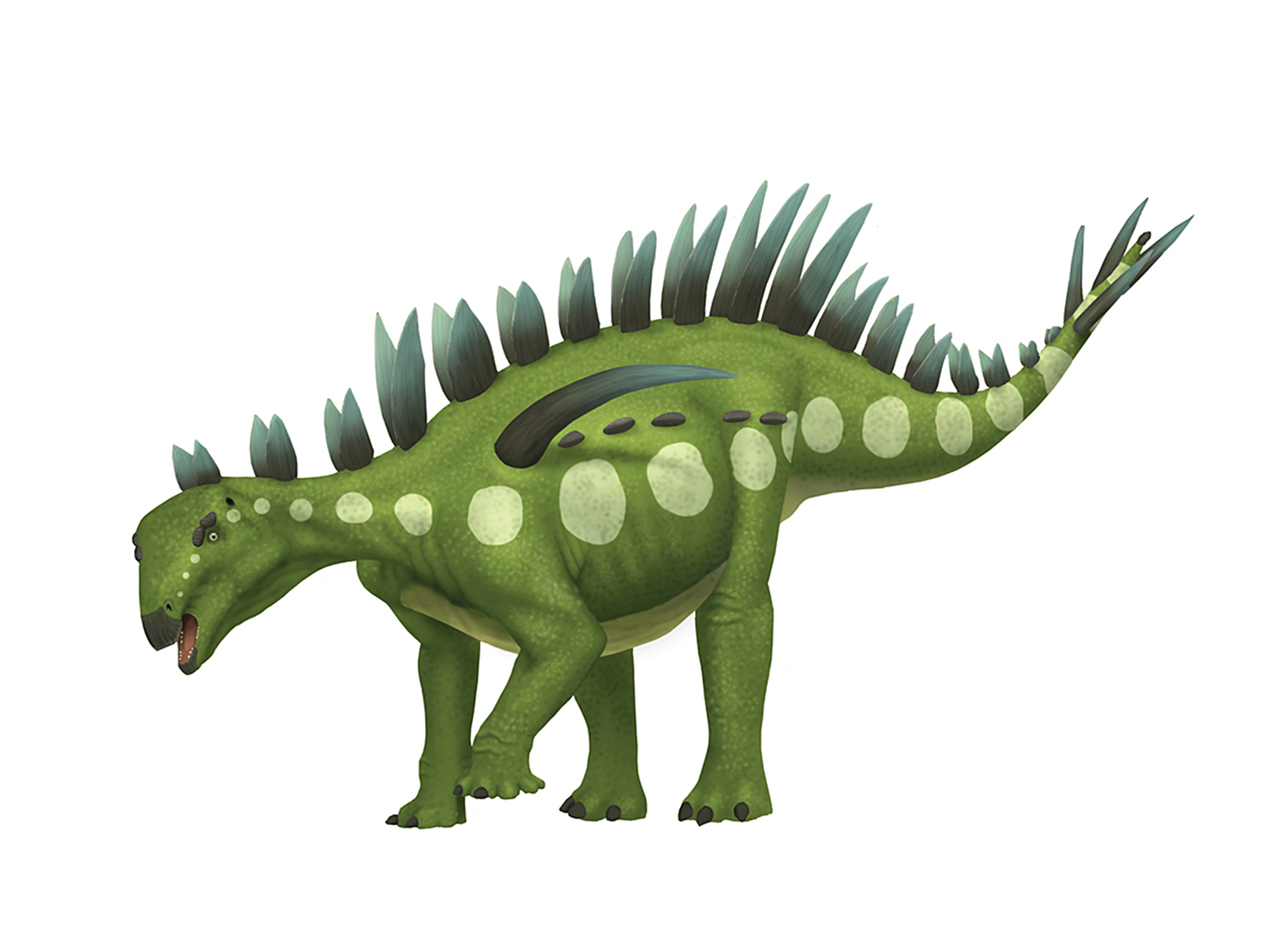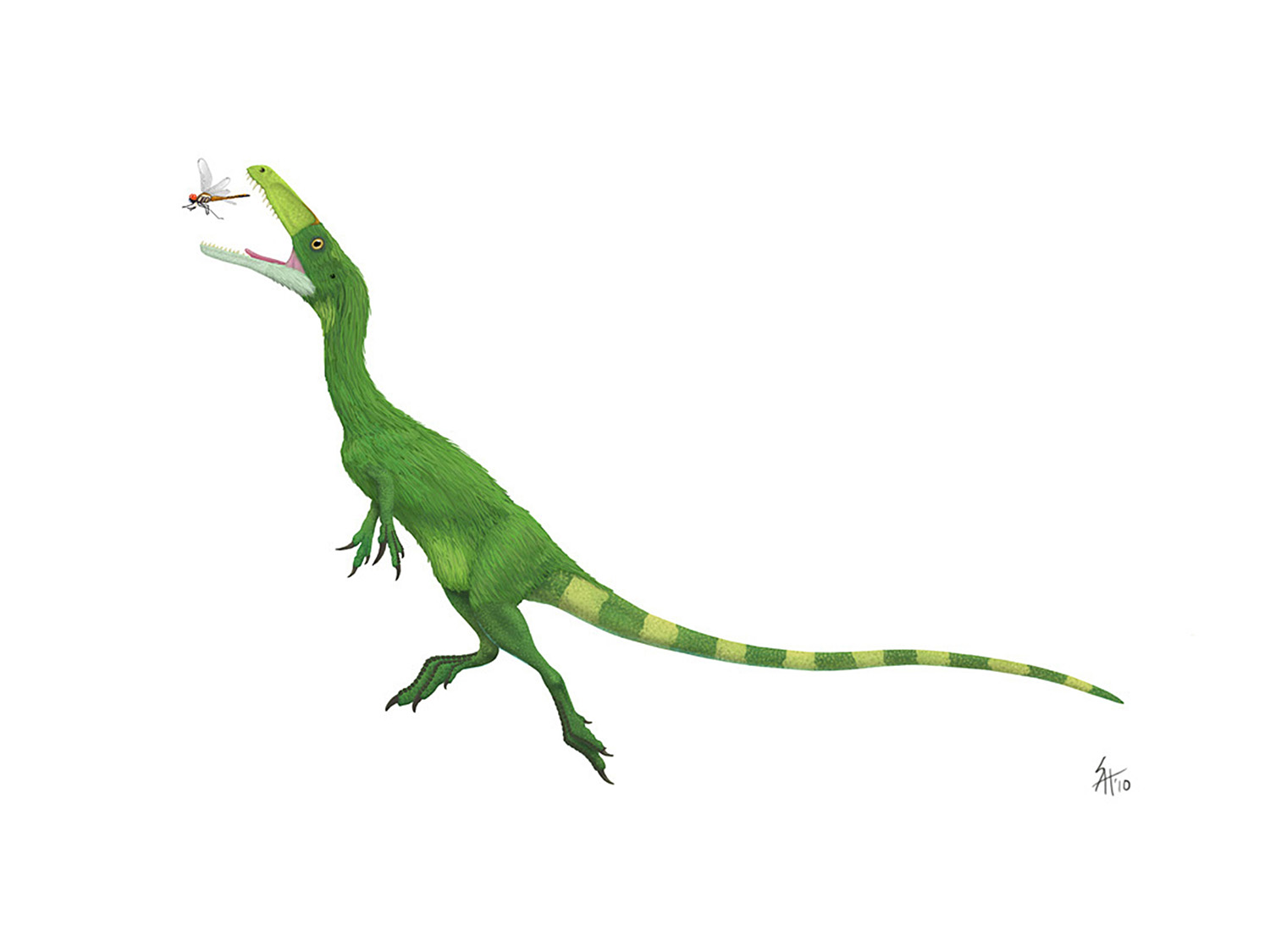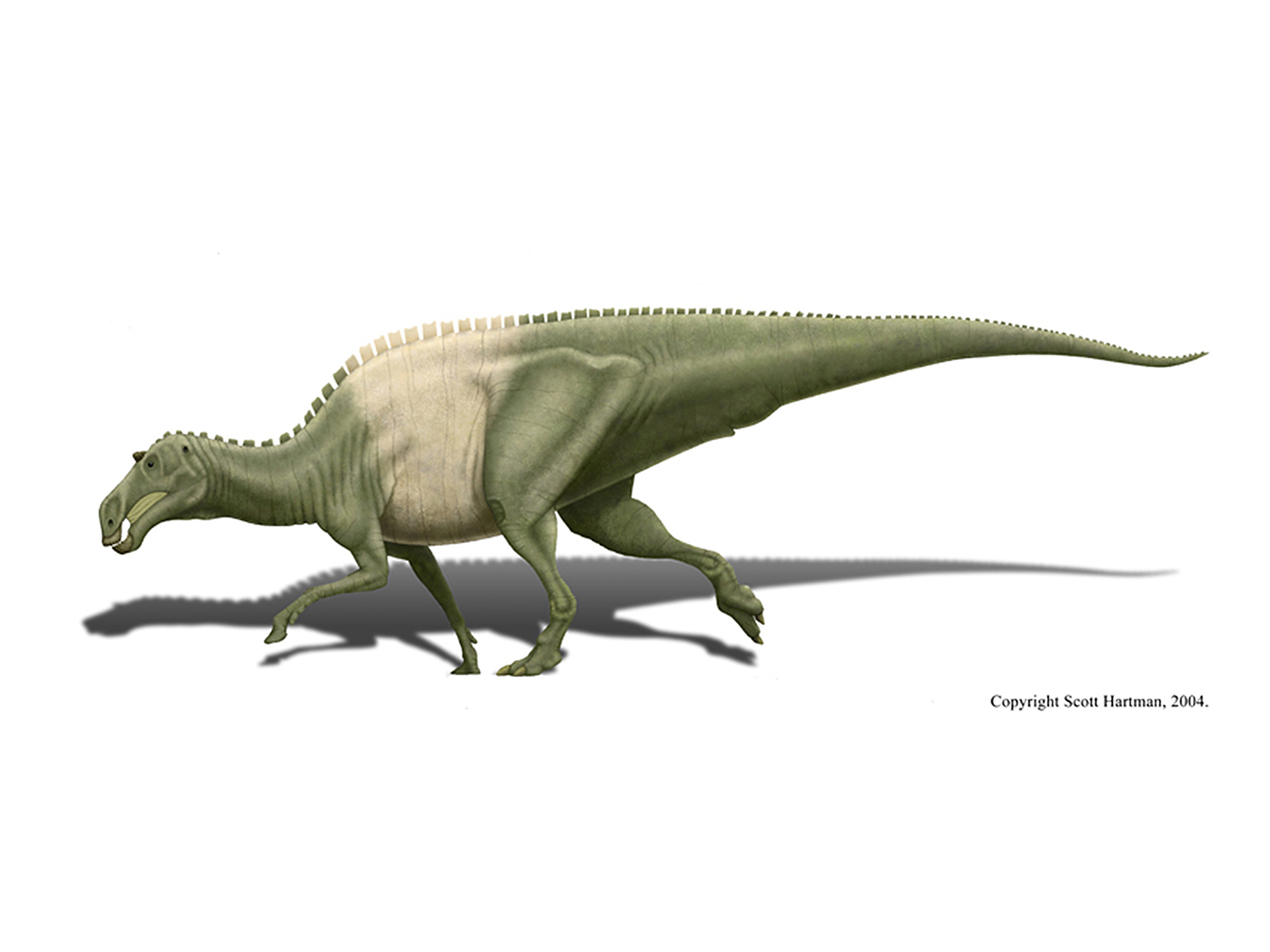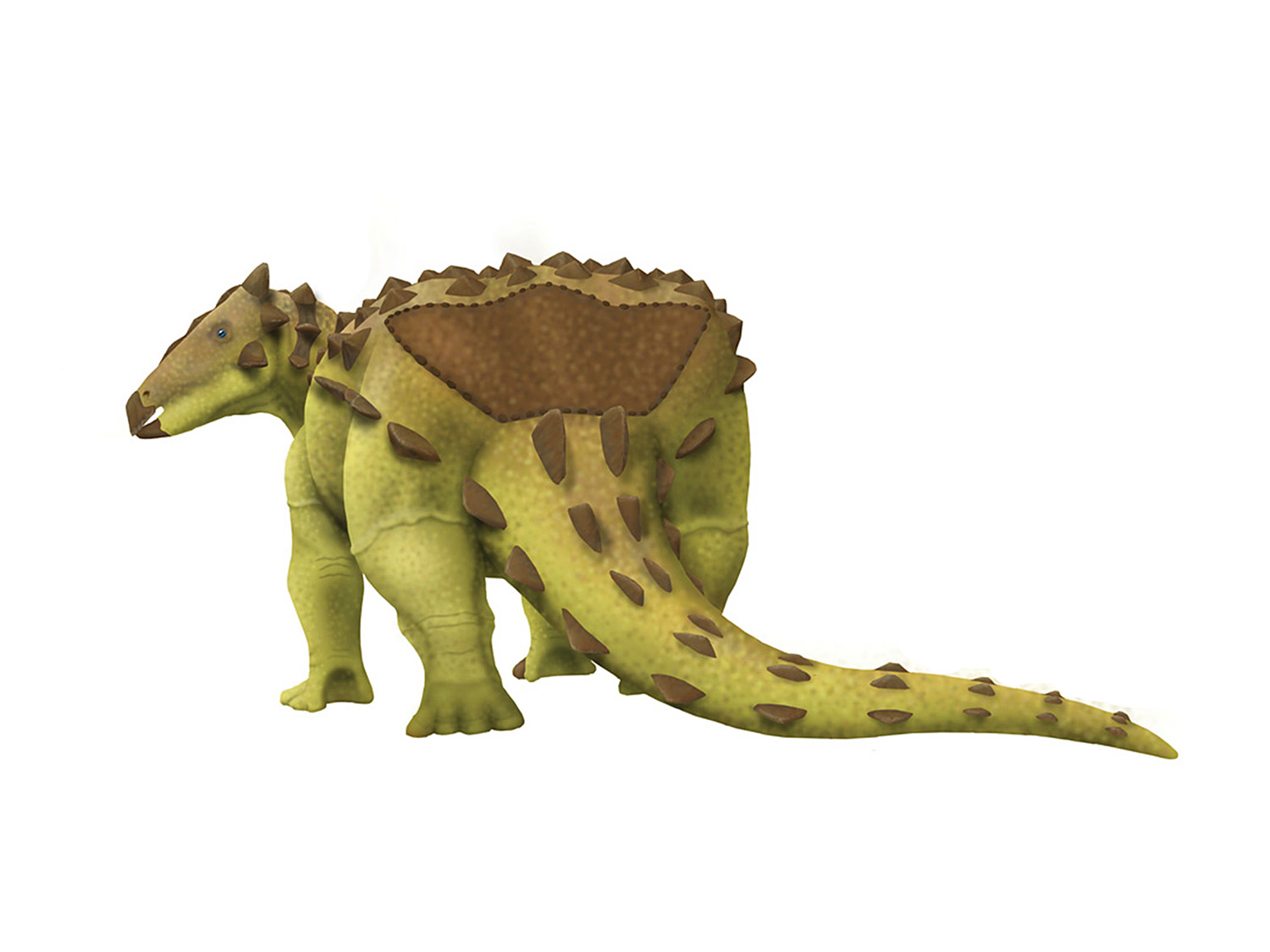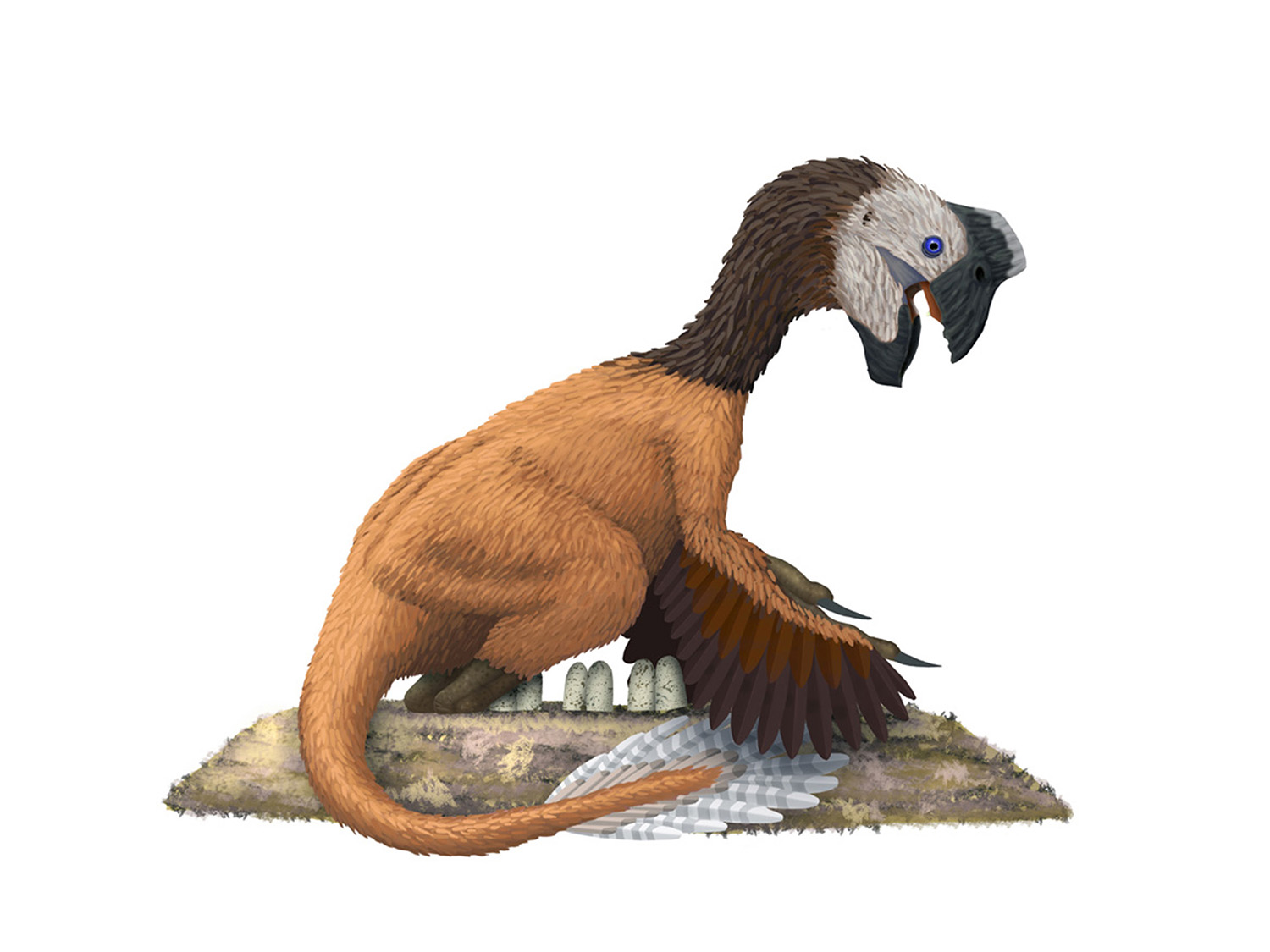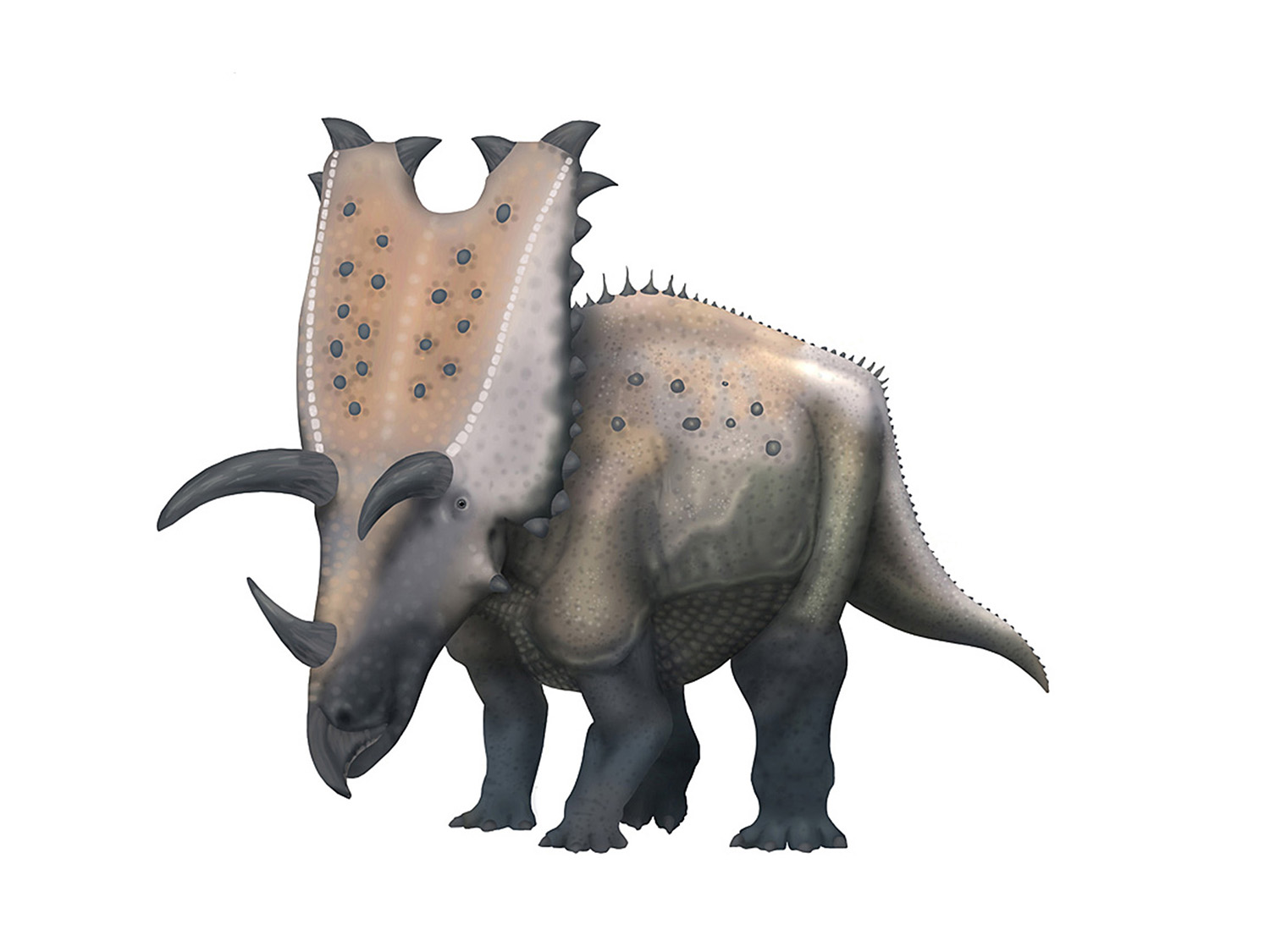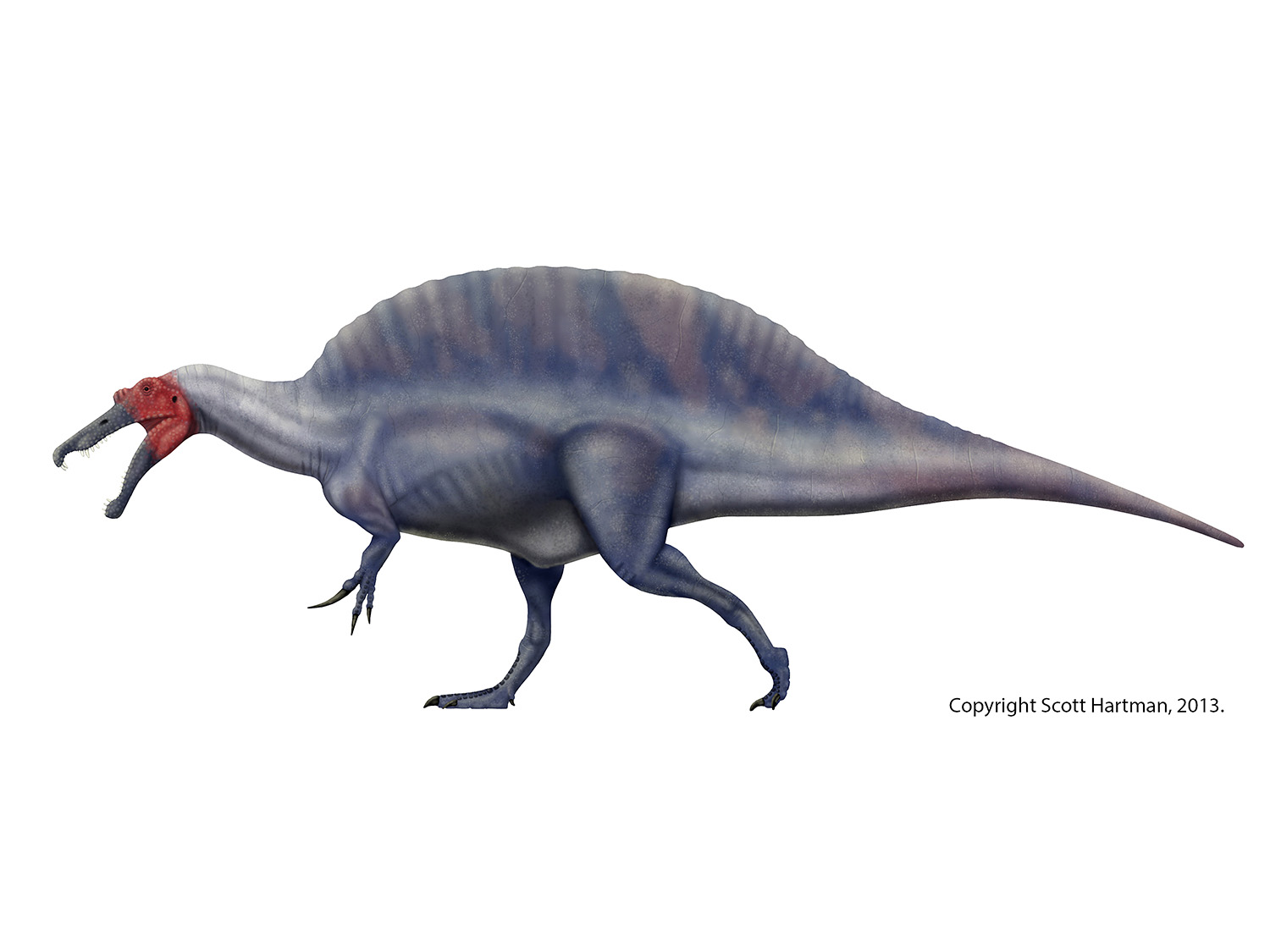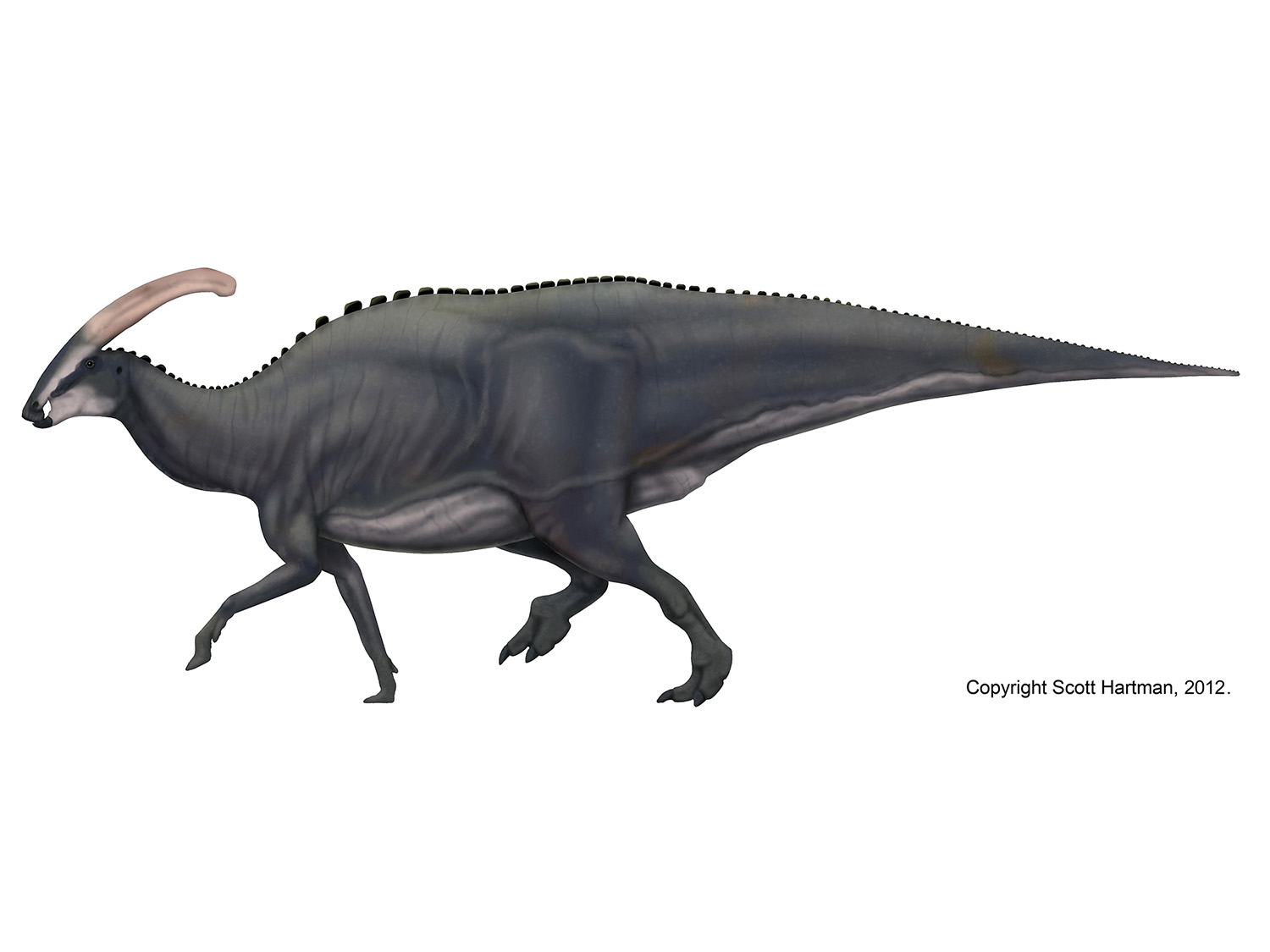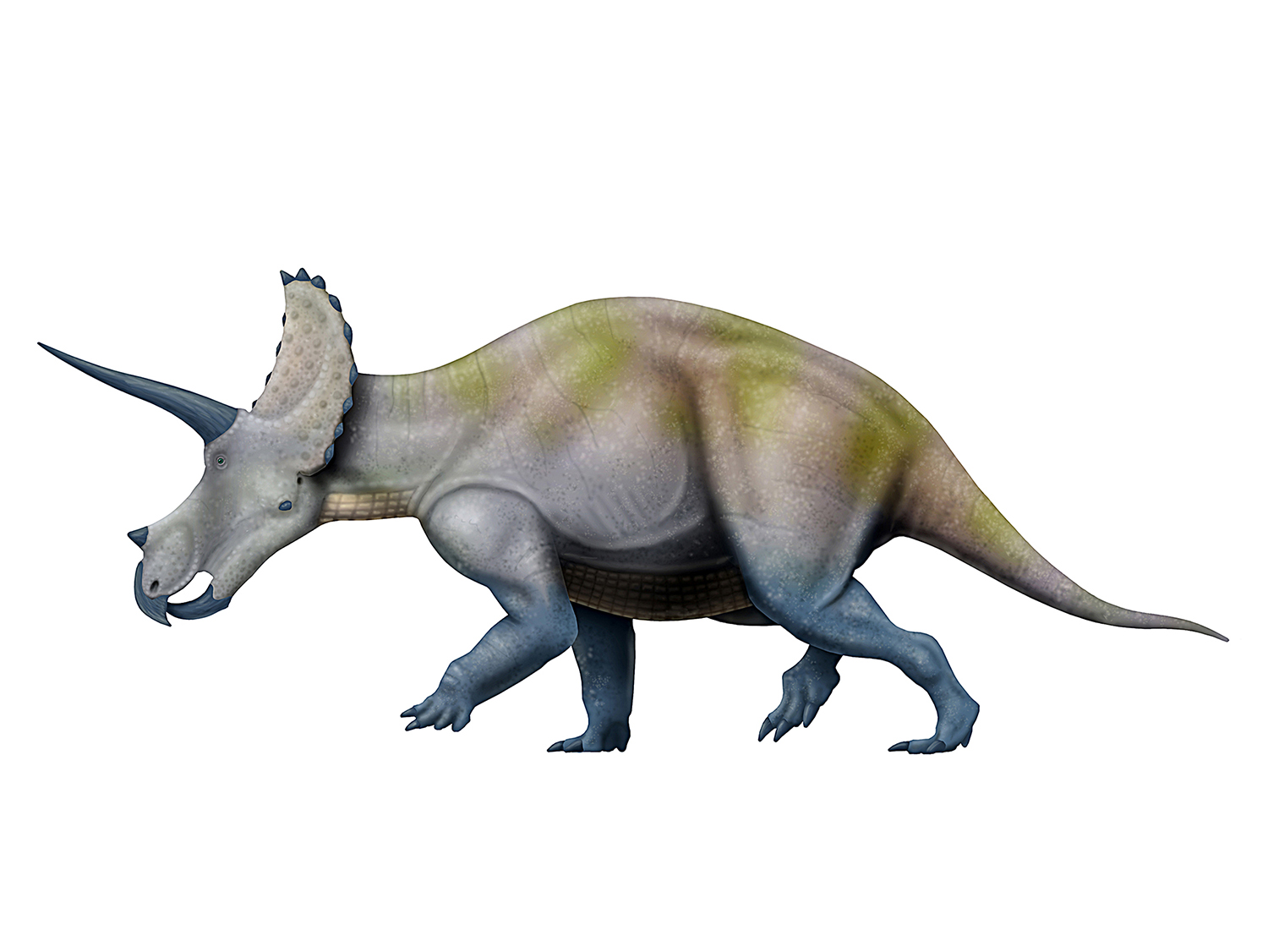In the past I have been skeptical of claims of 50+ foot Spinosaurus specimens - and with how little we know about the tail length in Spinosaurus there is still reason for caution.
That said, science is always based on data, and sometimes the data isn't what you expected. I was reminded of this once again recently after I tweaked the scaling of elements in my Spinosaurus skeletal reconstruction. The "main" skeletal seen above (the fully restored version is in the theropod gallery) is based on a composite skeletal of the type specimen and other various referred bits. Previously I'd had the mandible scaled up too much by about 6%. After correcting I measured and sure enough, a nice 14m (46 foot) long beast.
Now please use some caution here: as you can see the composite skeletal is missing large swaths of bones. I have filled those in with bones from other relatives (e.g. Baryonyx and Suchomimus), but there's definitely some uncertainty here. Of particular note, tail length varies quite a bit in dinosaurs (as demonstrated recently by Dave Hone), and I would feel a lot better about estimating the length if we had some more Spinosaurus tail vertebrae.
Still, unless you restore an almost comically long tail the type specimen of Spinosaurus was less than 50 feet. Ah, but that's not the largest specimen! The biggest specimen referred to Spinosaurus is MSMN V4047, a giant snout that Dal Sasso et al described in 2005.
Assuming that the composite is scaled correctly and that the giant MSMN specimen scales up isometrically (which seems probable) then it would be in the range of 15.6 meters (51 feet) give or take. That's one long theropod we are looking at! Given our margin of error it's entirely possible that the MSMN specimen is actually 48 feet (or 55 feet!), but assuming it had proportions similar to that of other spinosaurids, then it seems clear that 50 foot lengths were most likely attained.
Of course length is just one estimate of size, and mass is generally considered more important. And here things get interesting. Check back this weekend for a closer look at how much Spinosaurus may have tipped the scales in life.



